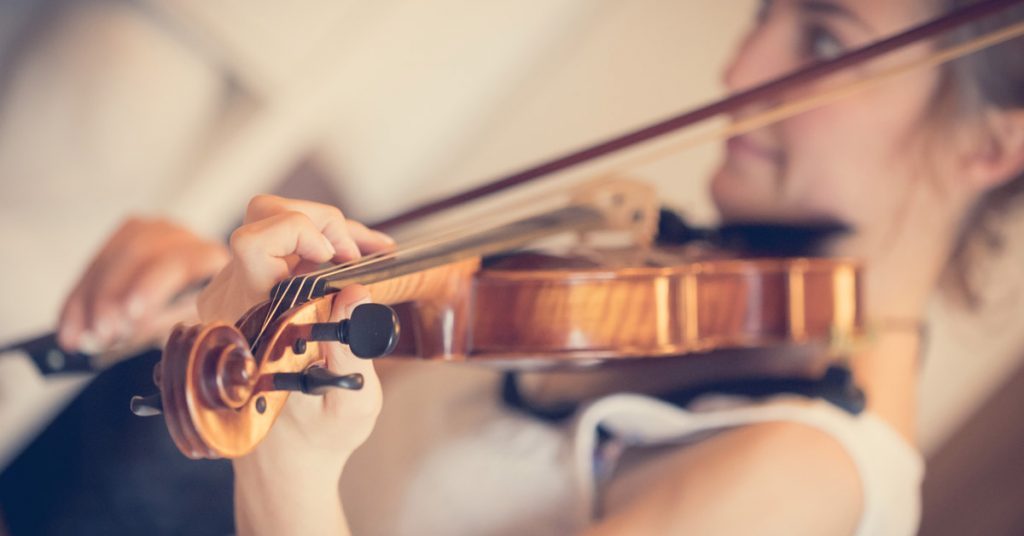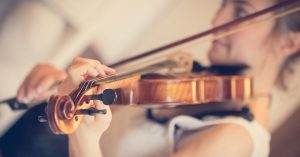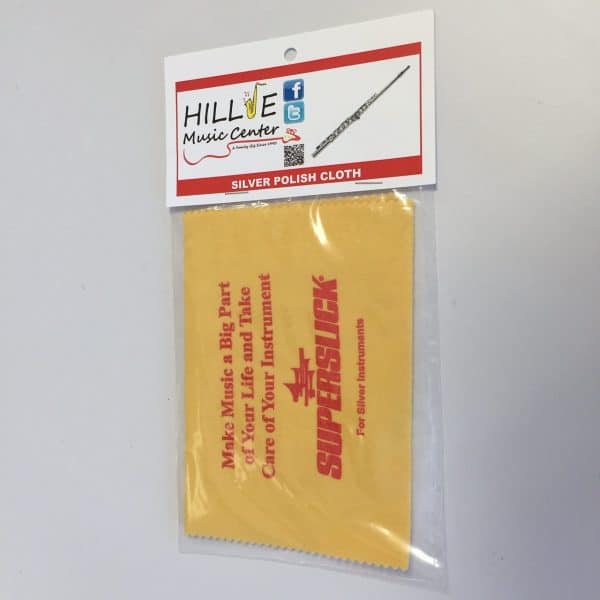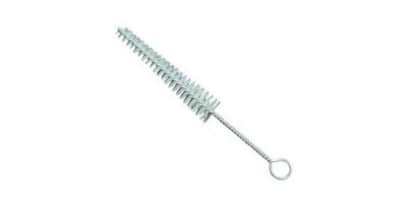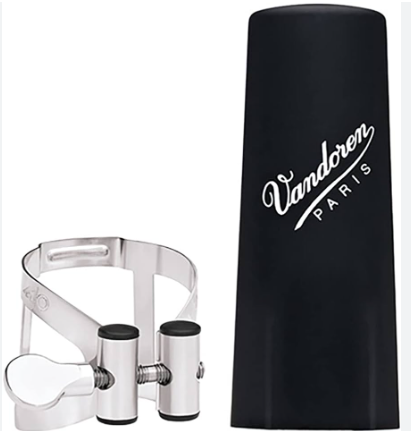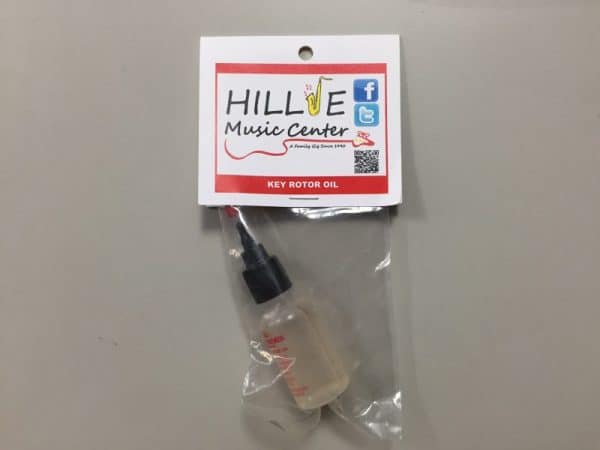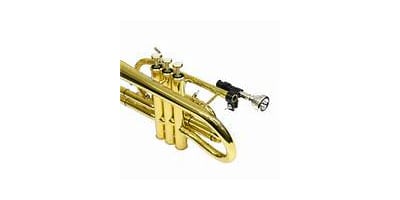You know your child needs to develop better practice habits. They are in band or orchestra because you want them to develop a love for music and to learn a new skill. You know the benefits of their learning to play an instrument will last a lifetime. You want them to love it too but are afraid they will find it to be more of a chore than an opportunity for growth.
Developing effective practice habits will make it easier for them to get into the routine of practice. More practice will result in faster improvement, boosts in confidence, and hopefully a desire to pursue music to higher levels. “How do you get there,” you ask?
First, you need to think about where and when they are going to practice.
Define a Practice Spot
Pick a room that can be used as a dedicated practice spot. It can be any room in your house as long where you are willing to permanently setup music and instrument stands. The room should have easy access and preferably not tucked away in a lonely corner of the house where nobody ever goes. Remember, out of sight means out of mind and you want to keep practice in mind.
Set up a music stand and an instrument stand in your practice space. This will help you maintain a routine. When your child gets home from school, have them take their music folder out of their backpack and put it on the music stand. If they don’t have their music folder or are consistently leaving it at school, this can be an early warning sign that they are struggling with their instrument.
Get their instrument out of its case a put it on the instrument stand. Instruments in cases are easy to ignore and forget about. But a beautiful instrument on a stand can add a nice touch to a room even during non-practice times.
Simply making the setup part of your regular routine will make it easier to practice and make your practice time more effective.
Have a sharp pencil on your music stand
Keep a sharp pencil and clean eraser with their music when practicing. Marking the music with useful notes helps make a connection with the music. This is a skill that takes time to develop, but the first step is to have the tools ready when they need them. Having to search for a pencil is a time-wasting distraction that can be easily avoided.
Eliminate Distractions
It is very important to eliminate distractions to improve the efficacy of their practice session. They won’t need their phone while they practice, so have them place it in the do not disturb mode or better yet, leave it in another room. If there is a TV or other digital distractions in the room, turn them off too. Allow their brain to focus on the task at hand.
If they have siblings around when they practice, ask the siblings to be respectful of their practice time and to show respect for the hard work they are putting into learning to play an instrument.
Hunger can be an easy distraction so allow them to eat a small, non-greasy snack before they start. If they are playing a woodwind or brass instrument, have them rinse their mouth out or lightly brush their teeth to avoid food particles in their instrument. Definitely have them wash their hands to keep their instrument looking and playing great.
Choose a Time
Choose a time that they are regularly available and able to focus. This may be after they have played with friends so they do not feel like they are missing out. Also, try to pick a time that works with the rest of the family. You don’t want to be constantly interrupting their practice time with calls to dinner or requests to play quietly because others are sleeping.
Define an ending time for their practice session. It is helpful to break their practice routine into short bursts of time focused on specific skills or material. Multiple short sessions can produce more successful repetitions which will lead to mastery.
Have a Clear Goal
Ask your child to define a few specific passages, figures, or phrases to target in their practice session. Set reasonable goals that they can attain by the end of their practice session. Goals that include learning to master a new piece of music in a single session could lead to feeling of defeat or inadequacy. Have them write their goals down with their pencil readily available on their music stand. A written goal, that can be checked off when completed, will provide encouragement and reinforcement of a job well done. It is also easier for you to track their progress and make sure they are using their time most effectively.
Keep a calendar
Place a calendar and a red marker on their music stand. Have them place a red “X” through every day they practice. Make it a challenge to see how long the chain will grow without any breaks. Setup rewards at various intervals in the calendar proving them with positive reinforcement and a desire to continue practicing.
Start with Good Sound
Start each session with a good sound. Have them make a habit of producing a good sound. Long tones are the best way to develop a good sound on orchestra or band instruments. Set the metronome for 60 (one beat per second) and see how long they can play a single note. Making it a challenge can make it more enjoyable for them. Record their time watch their progress!
While simple, this exercise develops endurance and helps focus their mind. If they play a woodwind or brass instrument, try having them play each note they know for 30 counts in one breath. If they play an orchestra instrument, try to have them maintain a smooth, even tone for the entire length of their bow for every note they know. If your metronome is also a tuner, look at it while they play and try to keep their notes in tune. This will develop both their ear and sense of rhythm.
Practice what you don’t know
Don’t let them waste time practicing what they already know. Focus their practice time on figuring out the hard stuff. Every musical phrase has a rhythm which is printed in standard music notation. If they take the time to figure out the rhythm, and then practice as slow as necessary to get the rhythm right, they are halfway there! Every musical note has a name, and if they take the time to learn the note the passage is immediately more familiar.
When they are working to understand the material at the edge of their ability, have them go slow enough to coordinate their accuracy. It does no good to practice fast and sloppy. Many children will default to fast and sloppy so you may need to redirect them frequently at first. A metronome is a very useful tool to help slow down and find their manageable speed.
They will learn best at a speed they can handle, allowing them to increase the speed as it gets familiar.
Another great technique is to work on hard passages backwards or break them into smaller bits and work each bit slowly forwards and backwards. Their brain will continue to decipher this material when the practice session is complete.
Start with the end in mind
Learning a new piece by starting at the end can also lead to great results by making the piece more familiar. If they always start from the beginning, the end is the most unfamiliar. When they know how the piece is supposed to end, starting at the beginning leads to a well-practiced conclusion.
Another strategy to overcome a pesky phrase or figure is to introduce a physical challenge during practice. Have them try to play the hard passage slowly while holding one foot at knee height off the ground. Including a physical game, can spur the brain to find new pathways to solve the musical puzzle.
Visualization
They can also learn music without their instrument. Have them read the music away from their instrument like a story. Read every word and note and musical marking without their instrument in hand. Have them visualize performing their music away from and without their instrument. Visualize the details of making the sounds. Imagine each note of the music and what it feels like to breathe properly, use good posture, hold their hands and fingers accurately, press the right keys, or draw the bow perfectly. Train their brain to perform at a high level.
Let them have fun
Learning to play music should be rewarding and fun. Introducing games and challenges into the learning process will reduce resistance to practicing and improve their chances of success.


